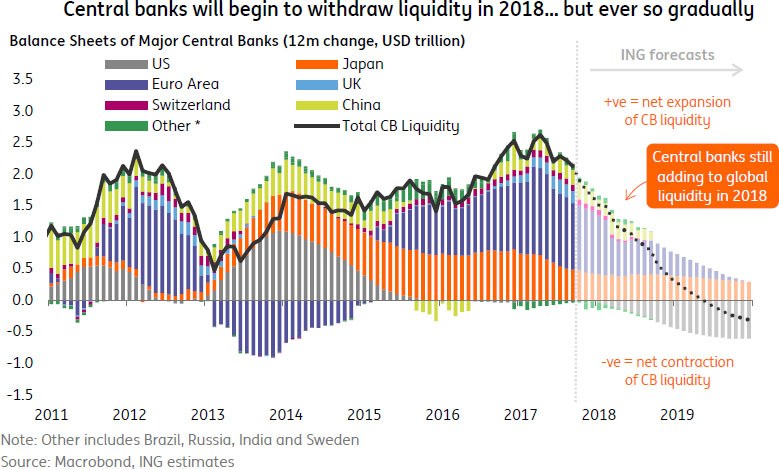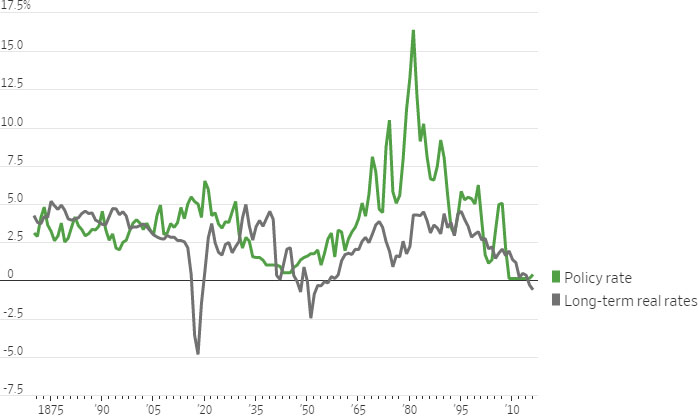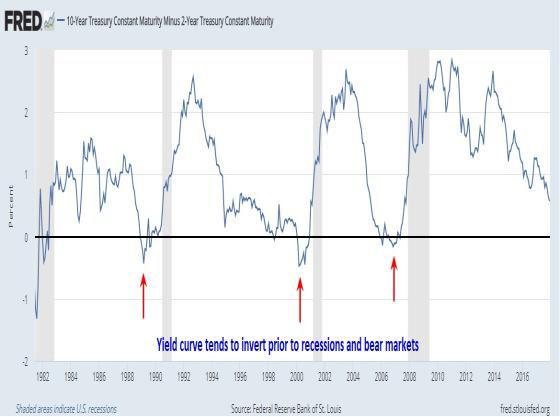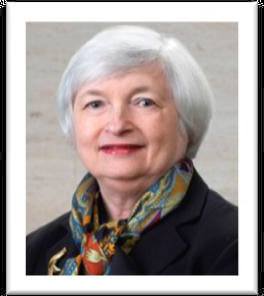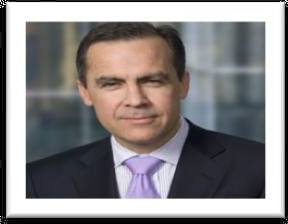Era of Quantitative Easing (QE)…
Over the last decade central banks have had a significant impact on financial markets as their adoption of aggressively accommodative monetary policy, via quantitative easing, has seen trillions of dollars injected into the financial system. The era of central bank bond buying that has sent prices of government and corporate debt soaring since the 2008-09 financial crises is set to reach a turning point this year, after policymakers sketched out plans last year to rein in stimulus measures.
When the Federal Reserve began to unwind its bond-buying programme, the Bank of Japan cranked up its even grander quantitative easing scheme. By the time the Fed started raising interest rates, the European Central Bank had unveiled its own monetary programme (LTRO). BoE raised rates for the first time in nearly a decade from 0.25 percent to 0.5 percent but kept easing program unchanged.
If longer-term rates suddenly rose, that could stop chasing risk-on trades in stock markets that have been hitting repeated new highs. The fact longer-term yields- especially “real” ones that are inflation indexed have stayed low have helped push money into risky assets because investors get little extra purchasing power for holding safer securities (Flight of money from fixed to risky asset classes).
Subdued real rates have been main drive in 2017 of returns in other emerging markets and especially into equity and debt markets. Low real rates also boost Yellow metal- gold demand and real estate too, which don’t pay coupons but don’t lose value when inflation rises.
Bumpy Road Ahead…..
So far, those longer-term rates have remained subtle, even as the U.S. Federal Reserve increased short-term rates three times in 2017 and other central banks (ECB, BoE and BoJ) signals that the era of super-easy monetary policy may soon come to an end.
While Central Banks would like to reverse their earlier accommodative monetary policy, the current scenario doesn’t favor them to act aggressively. Hence, Investors are cheering by a booming global economy and the promise of central banks to tighten monetary policy only gradually.
Indeed, the yield curve - the yield gap between short and long-term Treasuries is now at its flattest since 2007, and many investors underscore that, in the past, this has often preceded an economic slowdown in the U.S. Hence the possibility of tightening monetary policy is reduced in most of the regions.
Key challenges ahead of central banks….
US is associated with the new Administration. If US cut taxes is a part of a looser fiscal policy, then they should be prepared to have a tighter monetary policy to offset it. The US is stumbling towards the most substantial tax reforms for more than 30 years, but while some sort of reform is welcome, the timing is worrying. One really should not be boosting the economy when it is close to full capacity. The electoral cycle and the economic cycle get misaligned.
In Europe, concerns about the effect of the end of European QE, arguing that the ECB’s exit from bond markets is the single biggest risk facing global markets in 2018, given how the Eurozone’s bond purchases have sent money flowing everywhere. As the ECB slows and ultimately ends QE in 2018, the amount of cash flowing to risky assets such as credit and equities will slow down and ultimately dry up altogether.
In UK, everything seems interlinked with Brexit talk and negotiation, it is almost impossible to discuss the economy without attaching a “despite Brexit” or “because of Brexit” label.
The Bank of Japan is seen as the last grown-up in the room actively filling the global liquidity punch bowl with both hands. On last Tuesday, the BOJ modestly trimmed its purchases of Japanese government bonds by about $10 billion in the 10- to 25-year maturities and another $10 billion in maturities of more than 25 years. But they are still buying ETFs, J-REITs and corporate paper. Things are still not clear for BoJ.
Despite the ongoing rate hikes and balance sheet normalization in advanced economies led by the Fed, most Asian central banks are maintaining status quo interest rates except the Hong Kong Monetary Authority and Bank of Korea. Softer future inflation expectation and therefore real rates- could be major concerns in front of central bankers. This has been and this will be supporting factors for Asian markets in 2018.
Amidst this one thing is continuously increasing is LIBOR, which is reflective of short term rates in the economy. Libor which serves as the basis for trillions of dollars in loans, would increase the borrowing cost for the Corporate. With increasing short terms but long term rates being unchanged, the road ahead could be very bumpy for the Central Bankers to have a decisive monetary policy.
In nutshell, 2018 could be a challenging year for central banks to do a balancing act - Normalizing the balance sheet and tightening the monetary policy amongst softer inflation & growth concerns and at the same time not spook investors’ sentiment which has improved now after a long time since 2008 recession.
This report has been prepared by IFA Global. IFA Global shall not be in any way responsible for any loss or damage that may arise to any person from any inadvertent error in the information contained in this report. IFA Global nor any of directors, employees, agents or representatives shall be held liable for any damages whether direct, indirect, special or consequential including lost revenue or lost profits that may arise from or in connection with the use of the information. No liability whatsoever is accepted for any loss arising (whether direct or consequential) from any use of the information contained in this report. This statement, prepared specifically at the addressee(s) request is for information contained in this statement. All market prices, service taxes and other levies are subject to change without notice. Also the value, income, appreciation, returns, yield of any of the securities or any other financial instruments mentioned in this statement are based on current market conditions and as per the last details available with us and subject to change. The levels and bases of, and reliefs from, taxation can change. The securities / units / other instruments mentioned in this report may or may not be live at the time of statement generation. Please note, however, that some data has been derived from sources that we believe to be reliable but is not guaranteed. Please review this information for accuracy as IFA Global cannot be responsible for omitted or misstated data. IFA Global is not liable for any delay in the receipt of this statement. This information is strictly confidential and is being furnished to you solely for your information. This information should not be reproduced or redistributed or passed on directly or indirectly in any form to any other person or published, copied, in whole or in part, for any purpose. This report is not directed or intended for distribution to, or use by, any person or entity who is a citizen or resident of or located in any locality, state, country or other jurisdiction, where such distribution, publication, availability or use would be contrary to law, regulation or which would subject IFA Global to any registration or licensing requirements within such jurisdiction. The information given in this report is as of the date of this report and there can be no assurance that future results or events will be consistent with this information. IFA Global reserves the right to make modifications and alterations to this statement as may be required from time to time. However, IFA Global is under no obligation to update or keep the information current. Nevertheless, IFA Global is committed to providing independent and transparent information to its client and would be happy to provide any information in response to specific client queries. Neither IFA Global nor any of its directors, employees, agents or representatives shall be liable for any damages whether direct, indirect, special or consequential including lost revenue or lost profits that may arise from or in connection with the use of the information. The information provided in these report remains, unless otherwise stated, the copyright of IFA Global. All layout, design, original artwork, concepts and other Intellectual Properties, remains the property and copyright IFA Global and may not be used in any form or for any purpose whatsoever by any party without the express written permission of the copyright holders.
Recommended Content
Editors’ Picks
AUD/USD could extend the recovery to 0.6500 and above

The enhanced risk appetite and the weakening of the Greenback enabled AUD/USD to build on the promising start to the week and trade closer to the key barrier at 0.6500 the figure ahead of key inflation figures in Australia.
EUR/USD now refocuses on the 200-day SMA

EUR/USD extended its positive momentum and rose above the 1.0700 yardstick, driven by the intense PMI-led retracement in the US Dollar as well as a prevailing risk-friendly environment in the FX universe.
Gold struggles around $2,325 despite broad US Dollar’s weakness

Gold reversed its direction and rose to the $2,320 area, erasing a large portion of its daily losses in the process. The benchmark 10-year US Treasury bond yield stays in the red below 4.6% following the weak US PMI data and supports XAU/USD.
Bitcoin price makes run for previous cycle highs as Morgan Stanley pushes BTC ETF exposure

Bitcoin (BTC) price strength continues to grow, three days after the fourth halving. Optimism continues to abound in the market as Bitcoiners envision a reclamation of previous cycle highs.
US versus the Eurozone: Inflation divergence causes monetary desynchronization

Historically there is a very close correlation between changes in US Treasury yields and German Bund yields. This is relevant at the current juncture, considering that the recent hawkish twist in the tone of the Federal Reserve might continue to push US long-term interest rates higher and put upward pressure on bond yields in the Eurozone.
